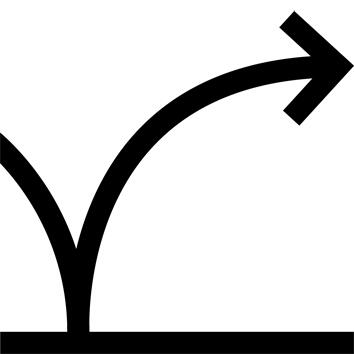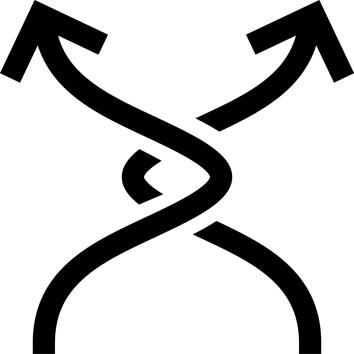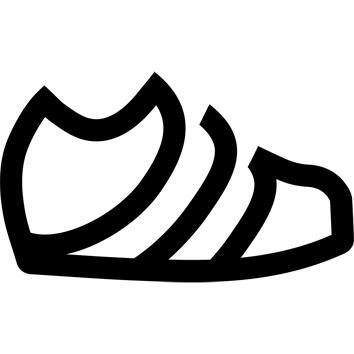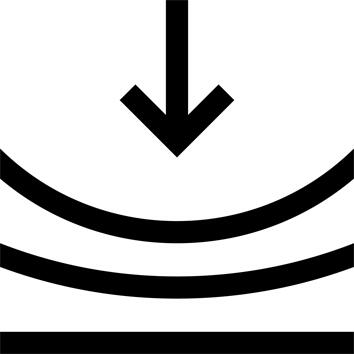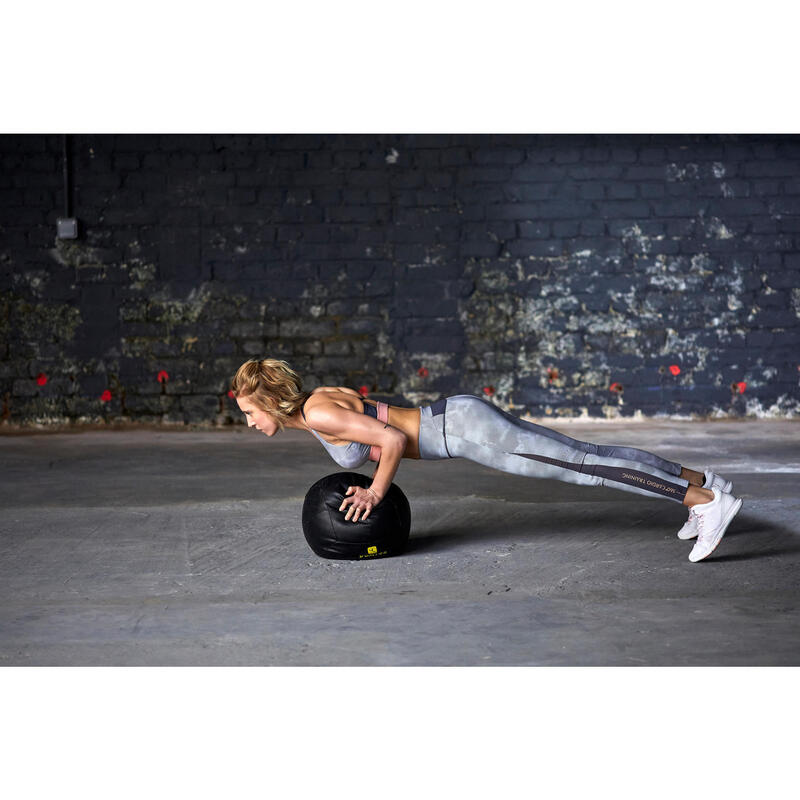Why wear a fitness shoe?
Studies carried out by our Sporstlab laboratory have shown the presence of a wide variety of movements in fitness training, different from other sports. Movements such as rotations, cluster jumps, squats and lunges. We develop our shoes to help you perform these movements without risk of injury. Wearing shoes adapted to fitness reduces the risk of injury by 20% compared with running shoes.
3 years of research and listening to the expectations of sportsmen and women
Behind this compendium of ingenuity lie the good ideas of fitness enthusiasts. Damien is product manager: "Grip, cushioning, dynamism, ease of rotation, flexibility, support... all the requests were relevant, but not simple from a technical point of view. We had to make the link between the desired feel and the technical need. We created 100 different pairs to test the whole thing. Today, we're super proud to have reinvented fitness shoes!"
Used to wearing high heels?
If this is your case, it's normal to need a little time to adapt to your new fitness shoes. This is due to their drop of 4 mm, close to the natural position of the foot.
Do you know the drop? It's the difference in height between the front and back of your foot.
A sole made up of 3 parts
A rubber outsole for grip; a KalensoleⓇ EVA foam midsole for cushioning; and an insole combining PebaxⓇ thermoplastic elastomer and a layer of Polyurethane for recovery; all combined to deliver the perfect rebound cushioning.
The bonus? No marks on the floor.
Our sole has been designed to leave no marks on the ground.
Multi-directional flexibility
"Multidirectional flexibility is the shoe's ability to allow flexion and torsion to facilitate changes of direction.
Studies have noted that the need for flexion/extension is 1.7 times greater in fitness than in running. Ankle movement also differs between fitness and running. That's why we're developing multidirectional shoes adapted to fitness movements."
Forefoot support
"Why is this important?
Forefoot support, the main support in fitness, helps you keep your balance when you touch the ground to change direction."
Forefoot cushioning
"Cushioning is the shoe's ability to absorb shock and dampen vibration.
The impact between the foot and the ground is created in the forefoot during fitness training, whereas for running the impact is generally in the heel. We design our shoes with optimal cushioning in the forefoot to protect your body from repeated impacts while stabilizing your footing for better movement sequencing.
"
